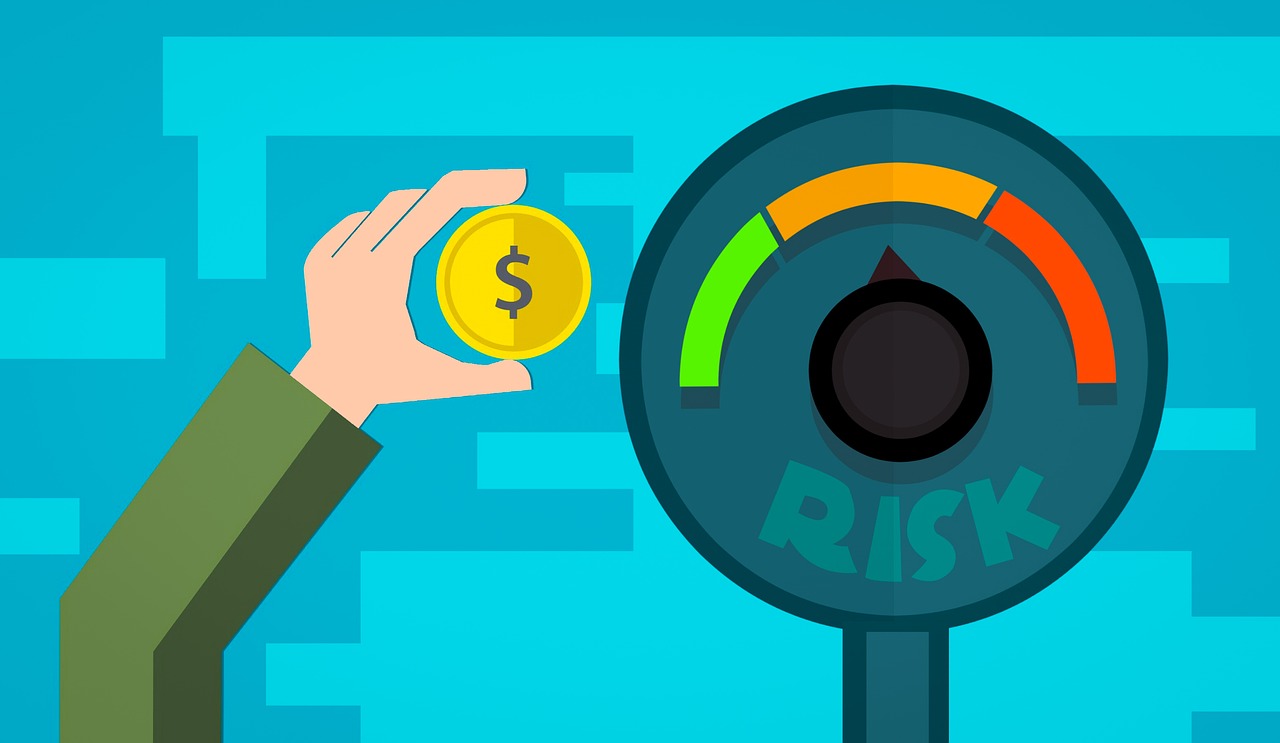Risk vs. Return: The Balancing Act of Smart Investing

Investing always comes with a choice: Do you chase bigger rewards at the cost of greater risk, or do you opt for stability with modest returns? This risk-return tradeoff defines how comfortably you ride the ups and downs of the market. Once you grasp this concept, you’ll make investment decisions that align with your goals and risk tolerance.
Key Takeaways
Balancing risk and return is vital for successful investing.
Your personal risk tolerance will guide your choices.
Informed decisions keep you focused on long-term objectives.
Understanding the Risk-Return Tradeoff
At the core of every investment lies a straightforward truth: higher potential returns typically come with higher risk. Yet, understanding this doesn’t mean blindly chasing the biggest payoff—it means knowing yourself and the market well enough to navigate uncertainty.
Risk Tolerance
Your comfort with risk depends on factors like age, financial stability, and how you handle uncertainty. A young professional might happily take bigger risks for higher potential returns, but a retiree might prioritize security.Investment Options
Low-Risk Bonds: Steady but modest returns; perfect for investors seeking lower volatility.
High-Risk Stocks: Significant upside potential, but expect price swings that can test your nerves.
Increased Uncertainty
Bigger rewards often come with bigger fluctuations. If you’re eyeing high-growth stocks, therefore be prepared for notable ups and downs—sometimes within days or weeks.
Factors Influencing the Risk-Return Balance
Many moving parts shape how you weigh risk against return. Here are a few that can tip the scales:
Investor’s Risk Profile
Young professionals might swing for the fences with equities.
Retirees often prioritize safer bonds to protect their capital.
Investment Time Horizons
Long-Term: You can weather market storms, therefore you may handle more risk.
Short-Term: Quick profits can tempt you, but volatility becomes a bigger threat.
Market Conditions
Bull markets might lure you into higher-risk plays, but bear markets often prompt caution. Recognizing these shifts helps you adapt wisely.
Long-Term vs. Short-Term Investing Strategies
When deciding how quickly you want returns, the timeline shapes your outlook on risk.
Time Horizon
Long-Term: Lasts for years, possibly decades, therefore you can ride out market slumps.
Short-Term: Involves quick trades aiming for immediate gains, but one market dip can hurt.
Risk Exposure
Long-Term Investors: Accept temporary volatility and focus on potential long-term growth.
Short-Term Investors: Face sudden market swings, therefore risk is magnified in a tight window.
Market Downturns
A long-term investor might see a dip as a chance to buy at a discount, but short-term traders could panic-sell, eroding their portfolios. Recognizing your comfort level is key to navigating these storms.
Diversification: The Safety Net of Investing
Diversification is the practice of spreading your money across different types of investments. It’s like not putting all your eggs in one basket.
Risk Reduction
A well-balanced mix—stocks, bonds, real estate, commodities—therefore helps cushion a portfolio if any single investment underperforms.Cumulative Risks
The true power of diversification shows up when investments interact. Holding only tech stocks can be thrilling, but a steep tech downturn can hurt more than a balanced approach.
Real-Life Example
Consider a portfolio split as follows:
40% in technology stocks
30% in government bonds
20% in REITs (real estate)
10% in international equities
If tech falters, steady bond or real estate returns may help offset losses. This balance can keep your ship afloat in choppy waters.
Evaluating Investment Performance: Measuring Risk and Return
Knowing how your choices pan out is essential. Metrics like alpha, beta, and the Sharpe ratio can help:
Alpha
Measures performance against a benchmark (like the S&P 500).
Positive alpha means you’re outpacing that benchmark.
Beta
Gauges volatility relative to the market.
A beta above 1 signals higher volatility than the market average.
Sharpe Ratio
Looks at risk-adjusted returns, comparing your investment gains to the amount of volatility.
A higher Sharpe ratio = stronger returns for the risks taken.
Making Informed Investment Decisions
With the risk-return dance always in motion, how do you stay in step? Here’s a quick guide:
Set Clear Goals
Know what you’re investing for—retirement, a home, or your child’s education.Know Your Risk Tolerance
Are you okay with market swings, or do you prefer steadier growth?Do Your Research
Explore how stocks, bonds, or real estate behave under different market conditions.Stay Flexible
If your circumstances change or the market shifts, be ready to rebalance.Monitor Regularly
Check your alpha, beta, and Sharpe ratio to see if your strategy still fits your goals.
Conclusion: Embrace Balance for Investing Success
Investing isn’t just about aiming for high returns—it’s about knowing how much risk you can handle along the way. By balancing risk and return, you stand to grow both your portfolio and your confidence.
Stay Aware of Risks: Higher gains often mean greater uncertainty.
Adopt a Long-Term Mindset: Market dips can be opportunities, not just setbacks.
Diversify for Protection: Spreading investments helps cushion potential shocks.
When you respect the dance between risk and return, you empower yourself to make thoughtful, goal-aligned choices in the financial markets. Keep your eyes on the balance, and you’ll be better equipped to thrive on your investment journey.

